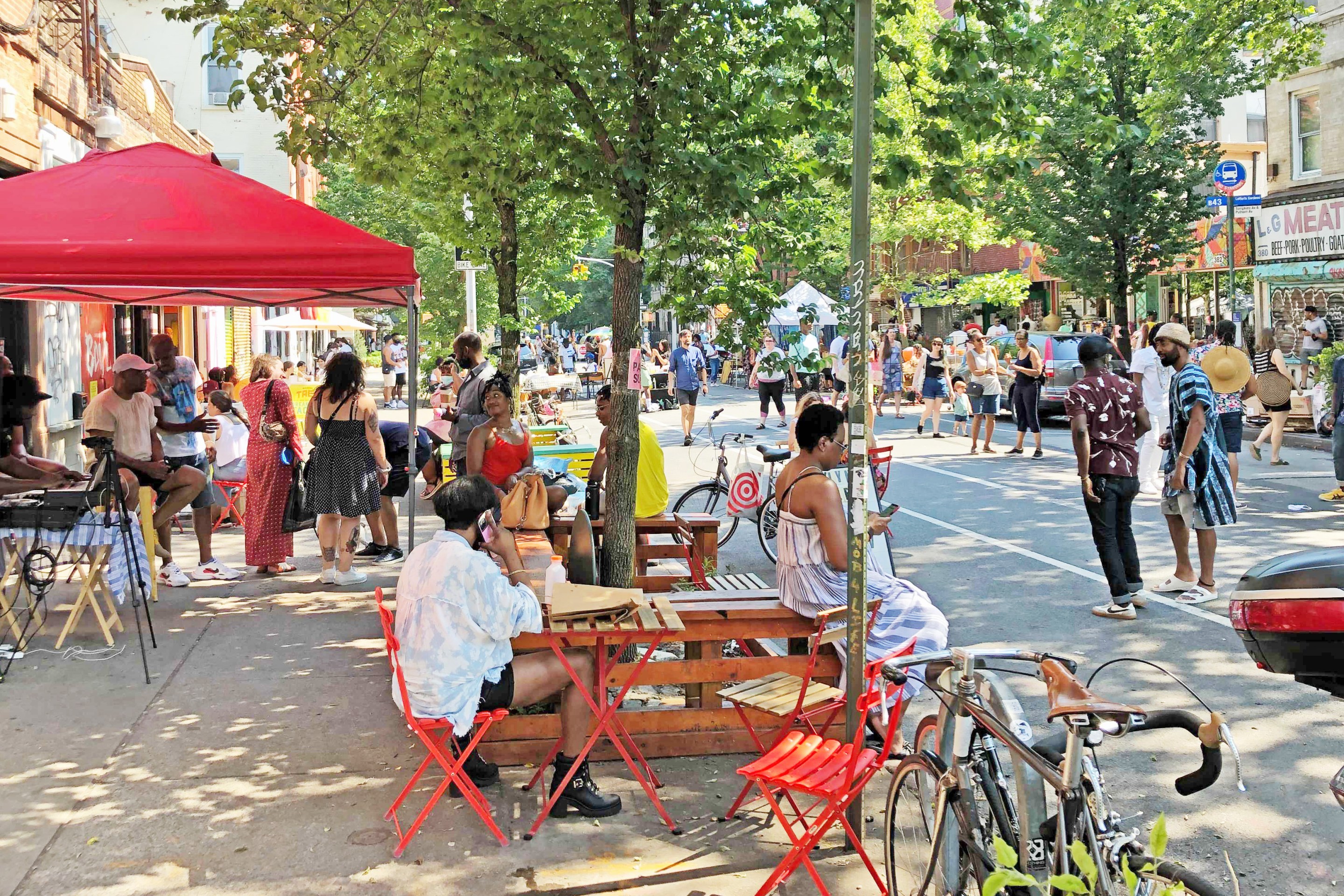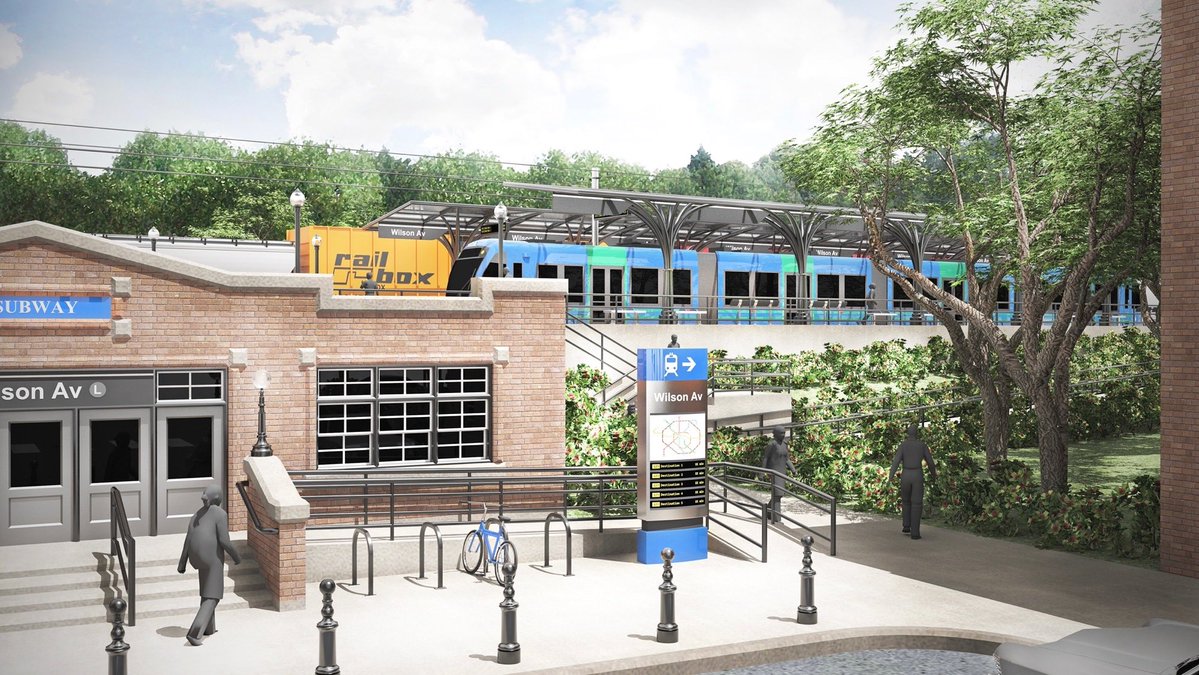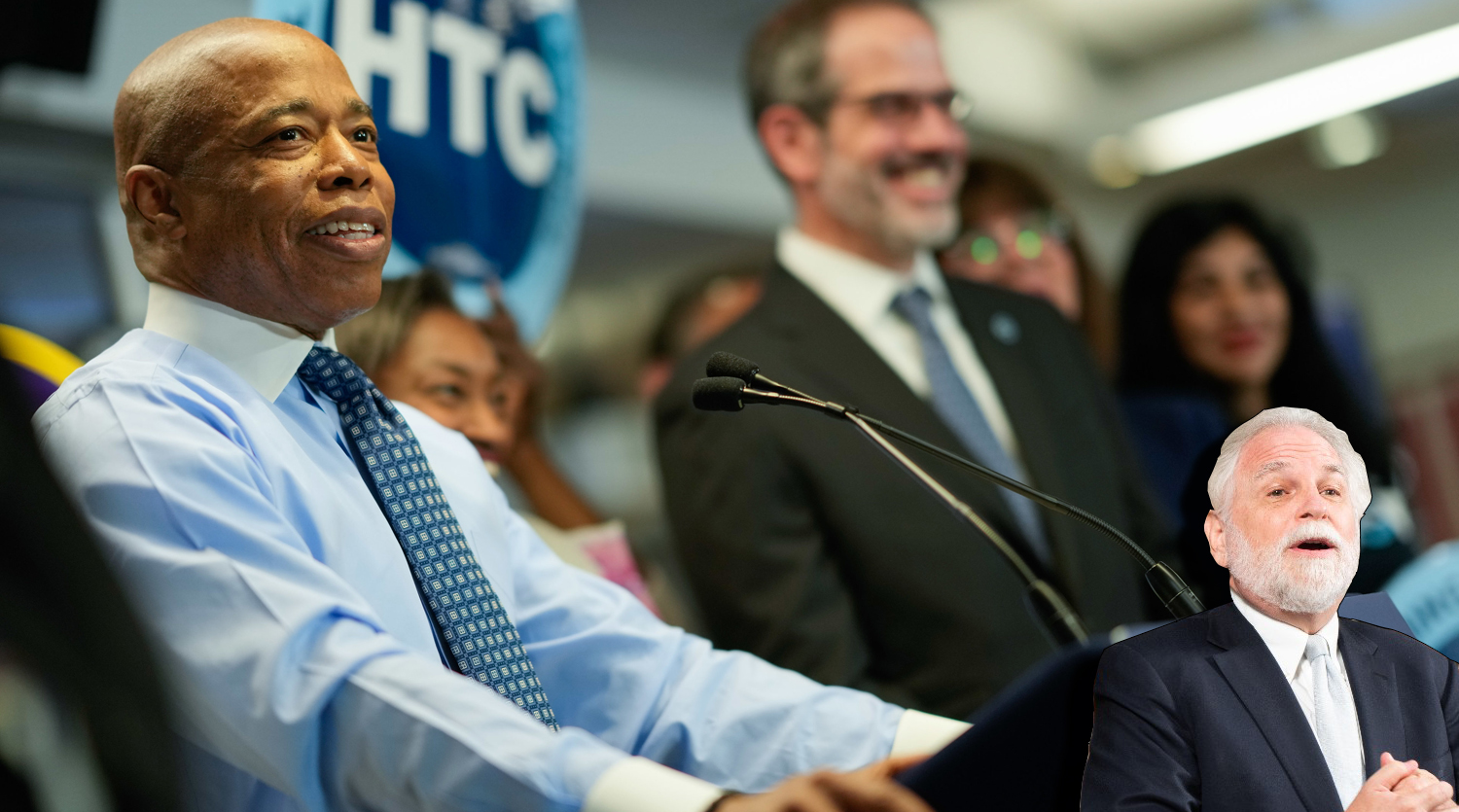<i>Inom Tullarna</i>: The Ancient Roots of Congestion Pricing
3:21 PM EST on December 7, 2007
If you're a New York City transportation policy geek but you've had enough of congestion pricing realpolitik and can't bear to sit through another Kathy Wylde vs. Walter McCaffrey slugfest, Monday evening's New School panel may be just the ticket. Equal Tolls, Unequal Access? Congestion Pricing and Its Historical Antecedents brings together an unusual group of academic experts and urban design practitioners to examine urban boundary-making through the ages. New School professor Gustav Peebles has written the following article for Streetsblog:

The North Gate, Halmstad, Sweden. The world’s first congestion pricing technology?
At first blush, the idea that a specific perimeter of an American city could be regulated and taxed strikes all of us as a highly impressive technological innovation. Surely, such regulation can only be the result of massive leaps in computing and communications technology.
In actuality, however, city perimeters have been successfully regulated and taxed since, well, arguably since the dawn of cities themselves. Long ago, the famous sociologist Max Weber noted that cities were often convergences of fortresses and markets (as the name "Wall Street" emphatically suggests); the towers that marked the city gates were not only used to keep invaders out, but also to regulate the flow of goods, workers, and travelers into the city's core.
Indeed, seen from the grand scope of history, it could be argued that the fluid urban boundaries to which today's global citizens have become accustomed represents the true novelty. With the advent of congestion pricing, perhaps we are merely reverting to an ancient form of urban regulation. Though the philosophies underpinning the old and new tolls may be widely divergent, the practice of tolling traffic is as old as the hills.
Merchants and migrants had to pass through these toll towers in countless cities across the world. Any tourist in Europe has probably seen at least one, if not dozens, but this is not merely some European tradition; such delineations of urban centers can be found all over the world. The inner core of Stockholm is still known, to this day, as the space "inom tullarna," that is, the space delineated by the old tollgates. Not surprisingly, some Swedish bloggers, and the Swedish Wikipedia, have already suggested a potential link between the historical city tolls and Stockholm's new congestion pricing (unfortunately, they do so in Swedish).
At these old tollgates, goods were taxed on their way into the market, and suspect vagabonds and "peddlers" were questioned and inspected. If they passed muster, they might be lucky enough to get in, but many cities across Europe issued "Beggars' Passes" that attempted to demarcate "native" beggars from foreign ones. In Scandinavia, presaging its latter-day spirit, the hometown beggars often even unionized, in an effort to create a sort of begging monopoly to keep out non-local beggars. The toll towers enforced these and other sorts of regulations of goods and people.
But the point is not to claim that congestion pricing is a simple reincarnation of all this.
Rather, the point is to consider what the old system of city-tolling-and its near universal banishment in the "modern era"-might be able to tell us prior to our embarkation on the novel path of congestion pricing. Through centuries of experience, the world has learned a great deal about this regulatory tactic and its implications. For example, the tolls upon goods often forced certain merchants to create surreptitious markets "outside the tolls," where illicit trade could take place. What trades might be similarly "banished" outside of Manhattan by congestion tolls, and where will these trades land?
Looking at congestion pricing from this historical perspective, shouldn't we ensure that Manhattan doesn't successfully export all of the car-centric industries and stores that its residents find displeasing to the outer boroughs?"
And why did so many tolls disappear? It had a great deal to do with growing state power over and against the relatively independent cities (and even city-states, another old tradition that New Yorkers may want to re-visit as Washington and Albany continue their two-party stalemates…). But the rhetorical justification for this fiscal grab by states (because the tolling often just moved to the national borders and away from the city borders) was that its duty was to create one giant marketplace where producers and consumers could meet as equals, whether in Hamburg or Bavaria, London or Yorkshire; similarly, citizens of the nation shouldn't have to be scrutinized and get a visitor's pass just to enter into a city for the day. In other words, a spirit of egalitarianism helped to sweep away the old tolls, now marked as remnants of a bygone era.
As a proponent of congestion pricing, I personally believe that it will restore a good deal of egalitarianism that was lost during the age of the automobile. But, nonetheless, it may require us to reconsider precisely what we mean by "equality." Who should regulate "equality of access," and how will we determine what forms of transport fall within it? Why does, in America, the equality of access to roads trump the equality of access to clean air? When did Americans start thinking that their streets should largely be "free," and that this "freedom" became almost exclusively related to the freedom of cars?
Our panel at The New School, comprised of historians and urban visionaries, will be exploring precisely these sorts of questions. Not least, we will be asking how we can maintain a spirit of egalitarianism in the face of, in my opinion, a very necessary rebuilding of a very old Wall Street.
Stay in touch
Sign up for our free newsletter
More from Streetsblog New York City
Wednesday’s Headlines: Four for Fifth Edition
The good news? There's a new operator for the Fifth Avenue open street. The bad news? It's four blocks, down from 15 last year. Plus other news.
MTA Plan to Run Brooklyn-Queens Train on City Streets a ‘Grave’ Mistake: Advocates
A 515-foot tunnel beneath All Faiths Cemetery would slightly increase the cost of the project in exchange for "enormous" service benefits, a new report argues.
Full Court Press by Mayor for Congestion Pricing Foe Randy Mastro
Pay no attention to that lawyer behind the curtain fighting for New Jersey, the mayor's team said on Tuesday, channeling the Wizard of Oz.
Tuesday’s Headlines: Valley of Political Death Edition
Did you see the new poll showing congestion pricing is really unpopular? Ignore it! Good times are coming. Plus other news in today's headlines.
Open Streets Groups Warn of Extra Red Tape to Run Events
Two weeks notice for hopscotch or a yoga class?




